Dear readers, fellow gamers,
First, we would like to welcome you all and thank you for the interest you have in our upcoming game – Rise of the White Sun! We are delighted to bring back to (virtual) life an era of turmoil and uncertainety – the Chine Warlord Era – which is so rarely depicted in video games.
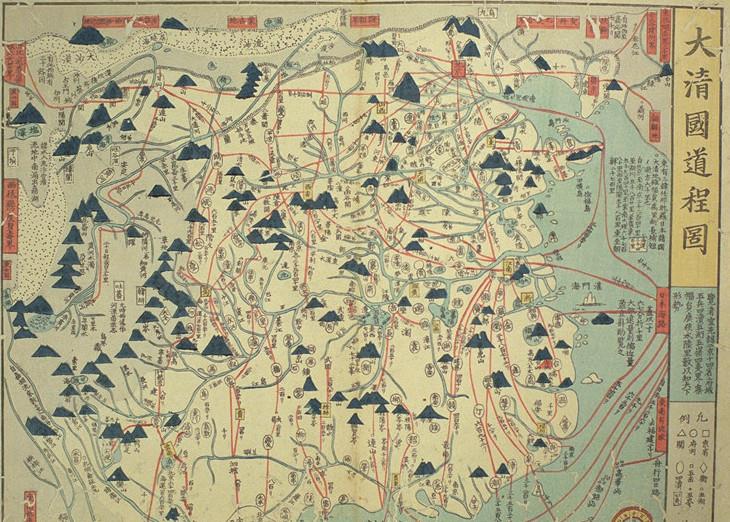
You said Chinese history? Where?

For a number of us, China is a distant society which is not well-known and surely very much fantasised. Chinese history used to be almost non-existent in Western school textbooks. We were only taught about those Chinese inventions that reached Europe through the Silk Road – powder, compass, printing, paper money. Additionally, we would hear again about China during the chapter on the 19th century and Europe colonising the world. That was about it. Chinese history was very much only for those who would attend university and specialise in Asian studies.
However, things have started to change. China can no longer be ignored. In Europe, education programmes adapted: there is now a chapter on Chinese history in sixth-formers / high school students school books! Developing on late 19th century and mostly about 20th century – particularly about the People’s Republic of China time, they offer young minds a useful glimpse of how China evoled.
Unfortunately, this is not sufficient as the imperial eras are not included and little is said about social and cultural themes. There are some « features » of Chinese history which are keys elements to anybody who wants to understand China. What we propose here is the first article in a series of concise jumps through time and space to summarise China. Get ready for your guided tour!
Once upon a time in China…
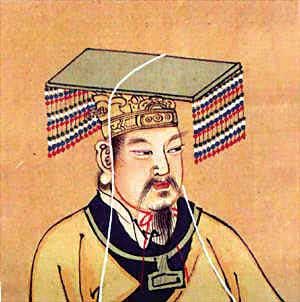
The first traces of human activity in what is today China can be traced back to 15000 BC, in the Yangzi river valley. People lived off hunting and collecting. It seems that wild rice began to be consumed around 9000-7000 BC in southern areas. Several cultures begin to emerge as humans start to settle down. Potteries are the most common archeological evidence of their existence and testimony of their ways, along with burial sites.
Chinese history traditionally starts with the mythical Huáng Dì (黄帝), the Yellow Emperor. He is said to have brought civilisation to China through his many inventions and to be the ancestor of the Han Chinese. For those of you who have a taste in myths, he is one of the Three Sovereigns (Gods) and Five Emperors.
From myths to Antiquity
Antiquity has known several dynasties prior to the formal Chinese Empire as we figure it.
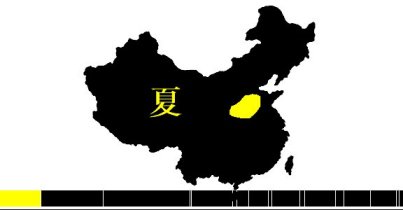
The Xià (夏) dynasty, considered as mythical as the Yellow Emperor, marks the begining of the Bronze Age. Erlitou, a famous archeological site, (1900-1350 BC) is thought to bear evidence of their rule and culture.
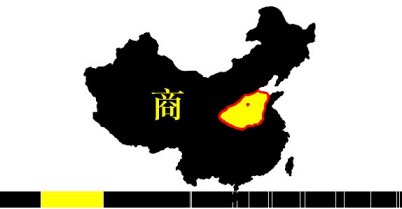
The Shang (商) dynasty is the first one which existence is formally proven (approx. 16th century BC – 1045 BC). They had an advanced culture, centred around palace-cities, a specific writing, bronze metallurgy, the use of chariots and the practice of divination.
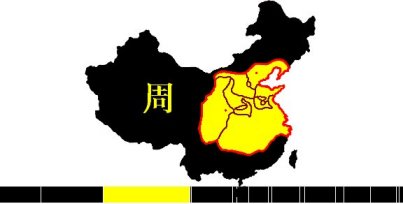
The Shang were eventually overthrown by a dynasty, the Zhōu (周), they had previously appointed as Western Protector. This Zhōu dynasty (1045 BC – 256 BC) introduced a number of government features which are more familiar to our eyes:
- The King is named the Son of Heavens (天子, Tiānzǐ) and rules according to the Mandate of Heavens – more about this in a future post
- They adopted a centralised bureaucracy, backed by a semi-feudal system
- Administration of territories is given to members of the royal family
Their rule is traditionally divided into two periods: the Western Zhōu (1045 BC – 770 BC) and the Eastern Zhōu (770 – 256 BC), depending on the location of their capital city.
War ahead
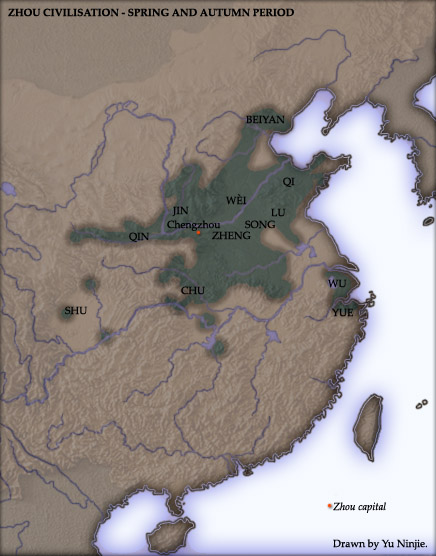
What caused this eventual collapse is known as the Spring and Autumn period (770 to 476 BC). The Zhōu policy of delegating regional control to members of the royal family caused their demise. Despite a strict system of mandatory visits and presents to the Tiānzǐ, governors gradually embraced regional features and only recognised their leader only in name. If you add to this invasions from neighbouring barbarians from the North and the West, no surprise the dynasty eventually collapsed.
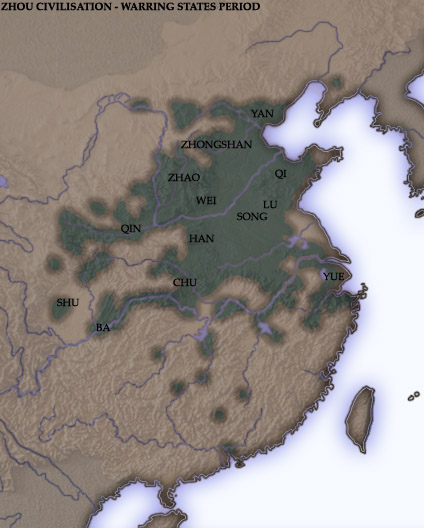
Around 476 BC, only seven main states are still in the race for ruling China. When the state of Jin partitioned, another era of war began: the Warring States period (approx. 475 – 221 BC). This is a time of both internal fight (between families and factions) and external fight (between states). This context proved fertile to a certain Sun Tzu who compiled, around the 5th century BC, his warfare knowledge into an Art of War. The book is still used nowadays for military officers training but also by corporations for their managers!
The Spring and Autumn and Warrings States periods are considered key periods in China when it comes to philosophy. Many schools of thoughts emerged in this period with a view to address the social and political crisis: Confucianism, Daoism, Legalism, Moism, etc. More about these on future post!
One of these warring states eventually emerged victorious: the state of Qín (秦). Their leader, the famous Qín Shǐhuáng, founded a centralised state which would no longer be a Kingdom but… an Empire.
We hope we did not bore you to death. More to come in a next post!